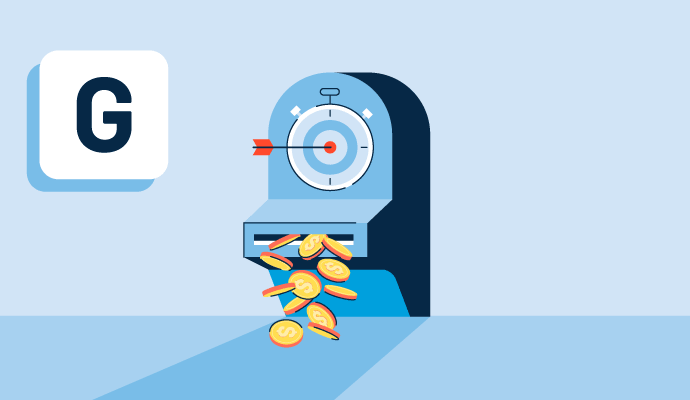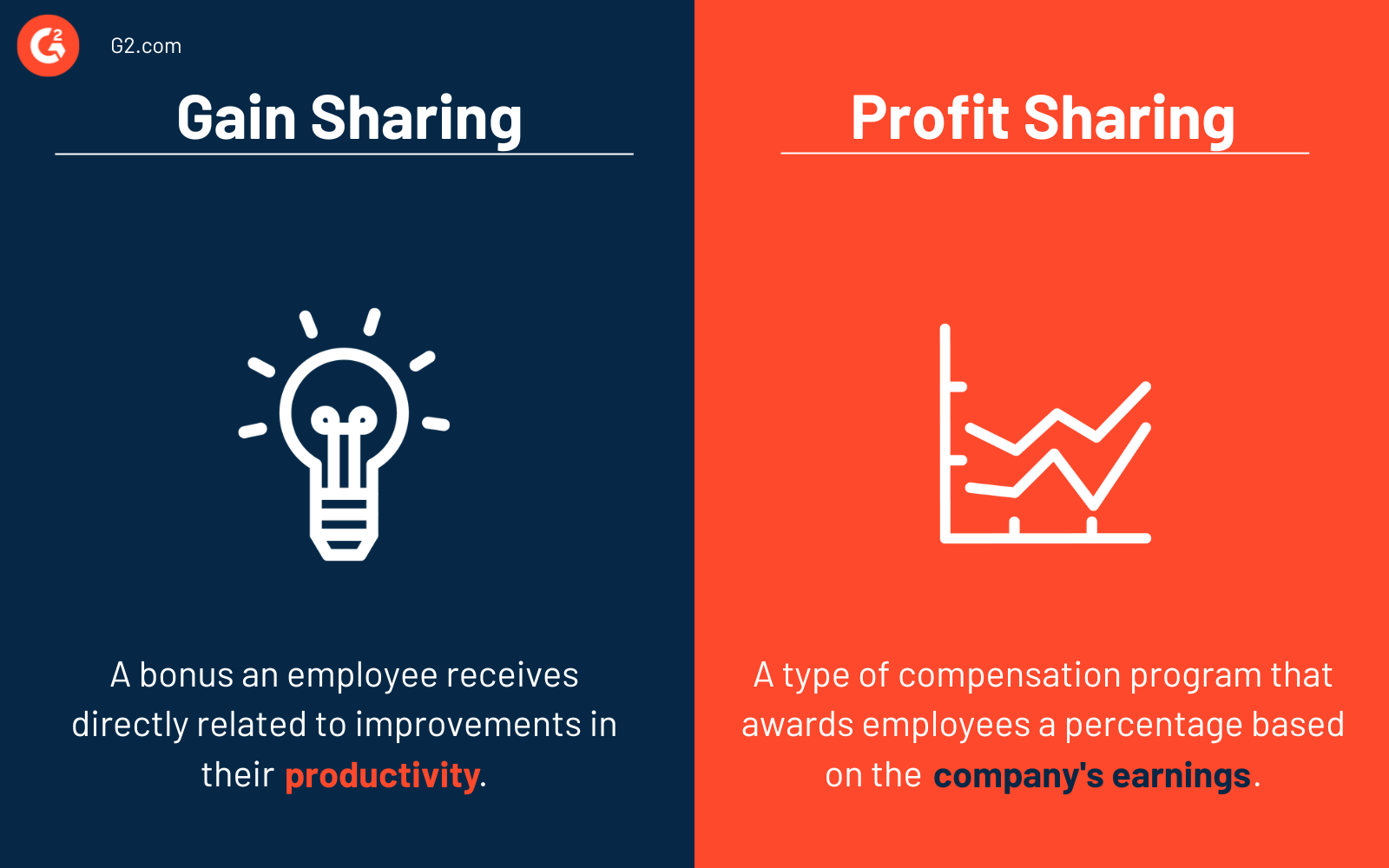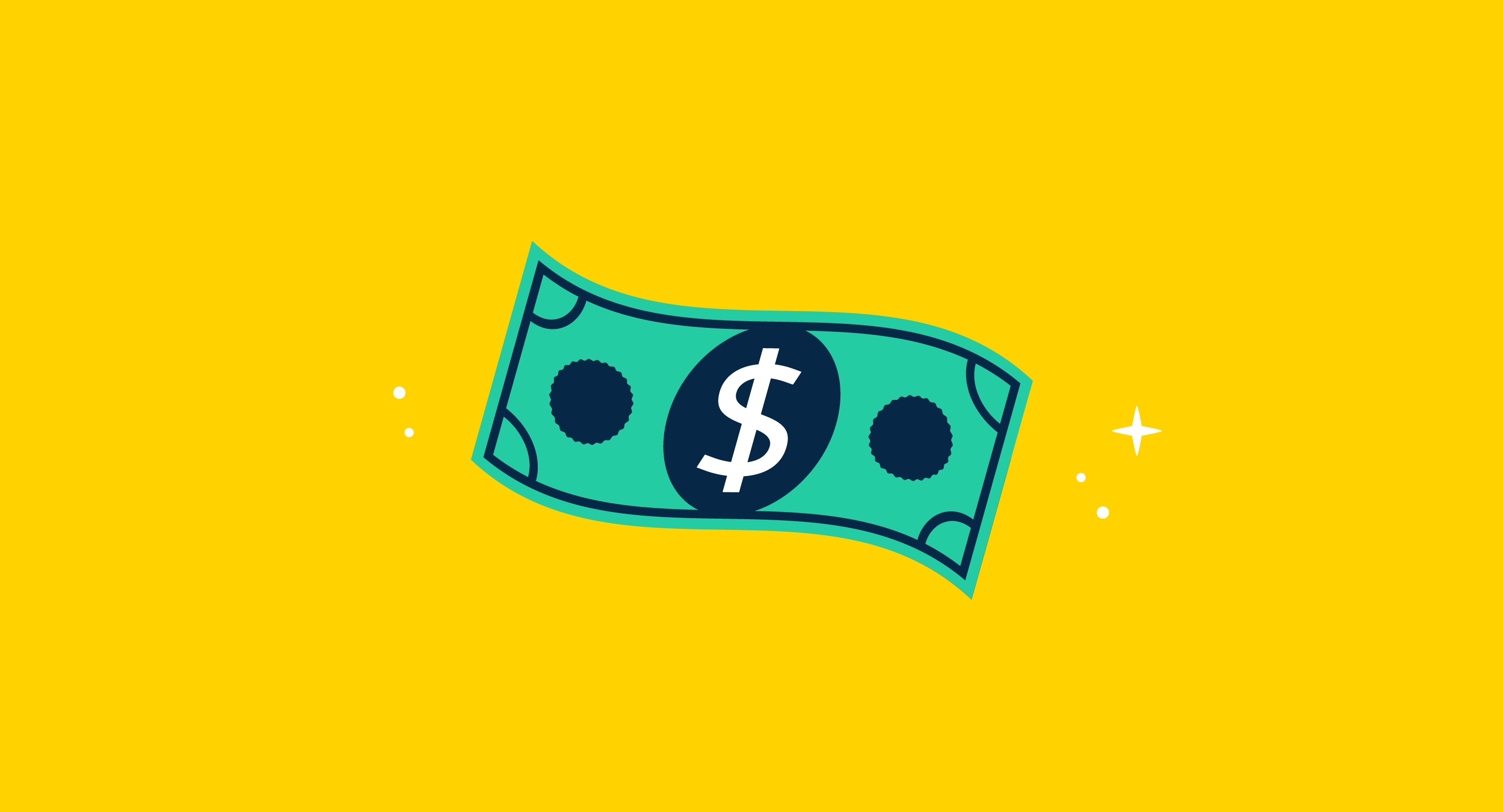What is gain sharing?
Gain sharing is when organizations increase profitability by motivating employees to improve their performance through involvement and participation. When performance improves, so do the profits of an organization, which employees receive a share of.
While traditional salaries reward teams for showing up and doing the work, gain sharing plans provide an alternative to straightforward salary structures that often don’t motivate or inspire employees to work hard or go the extra mile. Instead, gain sharing ties employee earnings with their performance and output.
Organizations often use compensation management software to plan for and administer gain sharing bonuses to employees. These systems are used to view and adjust compensation policies, adjust employee bonuses, and recommend pay adjustments.
HR departments typically share reports and data surrounding compensation, allowing managers to develop streamlined compensation strategies, bonuses, and gain sharing initiatives for their teams.
Gain sharing plans
There are three plans organizations can follow to implement a gain sharing initiative. These plans are:
- The Scanlon Plan encourages employee participation through improvement plans and suggestions. For example, the greater the amount workers produce relative to the hourly wage they receive, the higher the extra compensation the employee will earn. This plan gives workers who receive additional compensation for more productive work an incentive to produce more in less time.
- The Rucker Plan is similar to the Scanlon Plan, but this gain sharing plan focuses on quality. In some industries, productivity doesn’t vary, but other variables can provide better insights into how an employee performs. This plan rewards employees who work well and save the company money.
- Improshare Plan stands for Improved Productivity through Sharing, and focuses on sharing physical productivity gains with employees. Specific hours are set to achieve an exact production level, meaning it measures the number of production hours instead of the cost of labor. Standard hours are determined for the production of each unit, and bonuses are paid when the time needed in the production process is reduced.
Outside of these plans, organizations can choose a custom plan based on their needs, industry, and budget.
Benefits of gain sharing
Organizations that implement a gain sharing initiative into their benefits administration process will likely see specific results. A gain sharing initiative has many benefits and enables companies to:
- Reward employees for their positive performance and improvements
- Align employees with the goals of the organization
- Foster a positive culture of continuous improvement across all teams
- Promote morale, pride, and more positive attitudes toward the organization
- Boost levels of involvement, teamwork, and cooperation within every department
- Increase employee ownership and accountability
- Highlight the outcomes of hard work and dedication in monetary terms
- Improve communication, cooperation, and organizational flexibility
Basic elements of gain sharing
There are basic elements needed to make gain sharing a success. These elements include:
- Commitment from management
- Cooperation from employees
- Alignment on goal setting
- Continuous improvement or the need for change
- Straightforward information regarding productivity and costs
- A clear outline of how rewards are tied to behavior
Gain sharing vs. profit sharing
Gain sharing and profit sharing can sometimes be confused with one another, but there are specific differences between the two.
Gain sharing is a bonus an employee receives directly related to improvements in their productivity. This bonus is tied to the performance of specific employees or a group of employees within a team or department.
Profit sharing is a type of compensation program that awards employees a percentage based on the company’s quarterly or annual earnings. The amount is only awarded when a company profits over that period of time. Essentially, employees get a bonus that is directly tied to the company’s profitability. The more money an organization makes, the bigger the bonus received as a profit share.

Mara Calvello
Mara Calvello is a Content and Communications Manager at G2. She received her Bachelor of Arts degree from Elmhurst College (now Elmhurst University). Mara writes customer marketing content, while also focusing on social media and communications for G2. She previously wrote content to support our G2 Tea newsletter, as well as categories on artificial intelligence, natural language understanding (NLU), AI code generation, synthetic data, and more. In her spare time, she's out exploring with her rescue dog Zeke or enjoying a good book.


